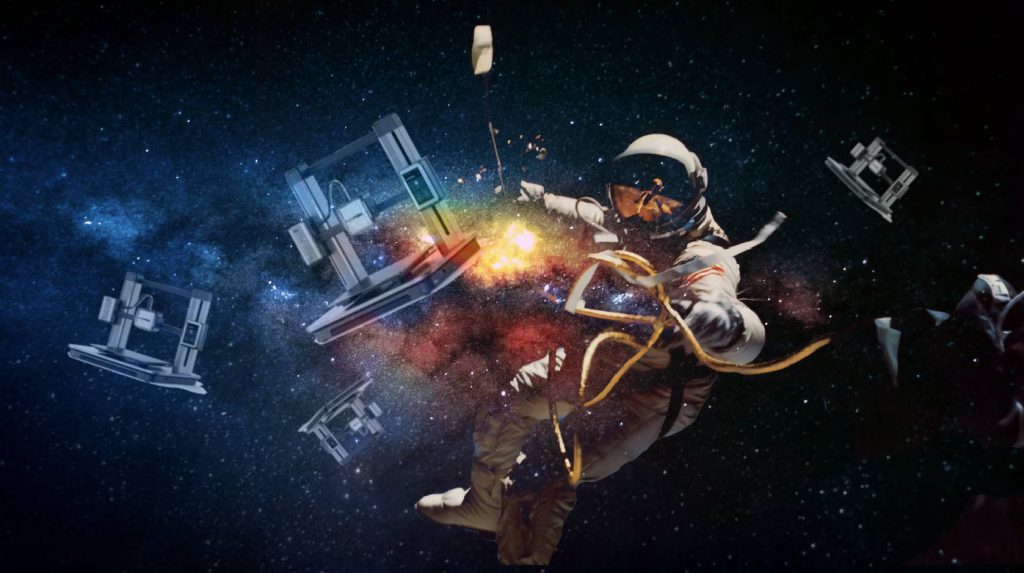
The difference between a digitised analogue process and a truly digitally native experience is often hard to explain. It can be a bit of an either-you-get-it-or-you-don’t kinda thing, which isn’t entirely helpful.
Earlier in the summer I got talking to a someone who worked for an aerospace company doing 3D printing in space. A little bit niche for sure. He was explaining the transformational possibilities it had.
Lets say you need an aerial on your satellite. Satellites do need aerials. Normally you’d design and build the aerial on planet Earth. Building stuff of planet Earth comes with certain restrictions and conditions. We have gravity, and wind and weather, and people that bump into things, size limitations, and most of all massive forces and vibrations as the aerial gets blasted into space. So you compromise. If you’re building your aerial on Earth then you’re basically building an Earth-aerial when what you need is a space-aerial, because your aerial needs to survive on Earth before it gets to space. You might not even be aware of the compromises you’re making.
None this matters when you 3D print in space. The environment you’re designing for is totally different. Or is there just now environment at all? No gravity, no wind, no wear and tear, no weather, no humidity, no packaging, no rocket, nothing. Just endless space to build a perfect aerial. Aerials that couldn’t exist if you build them on the ground. And suddenly you’re very aware of the compromises you made designing on Earth. The new possibilities when you start to understand the new environment are extraordinary and transformative.
Which felt like a nice analogy for digitising versus natively digital.